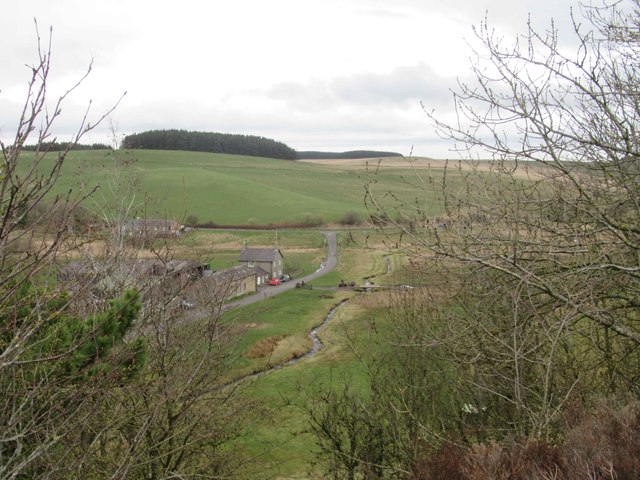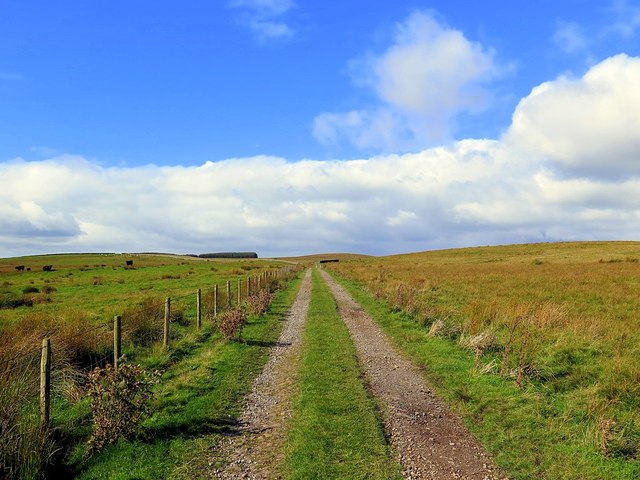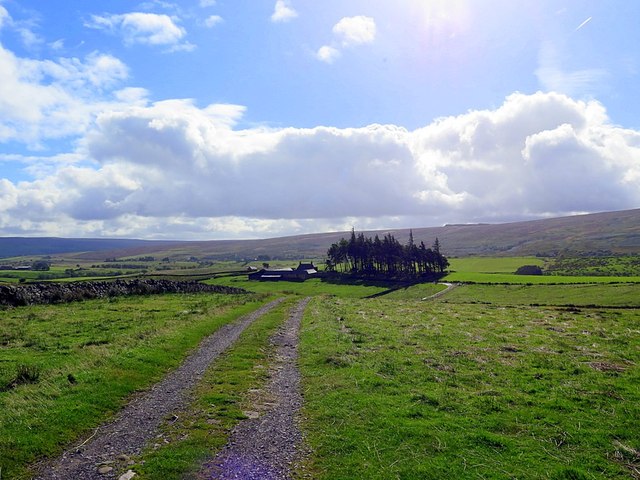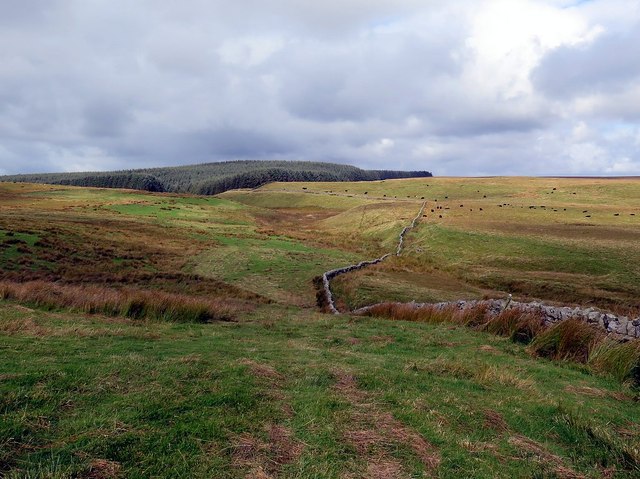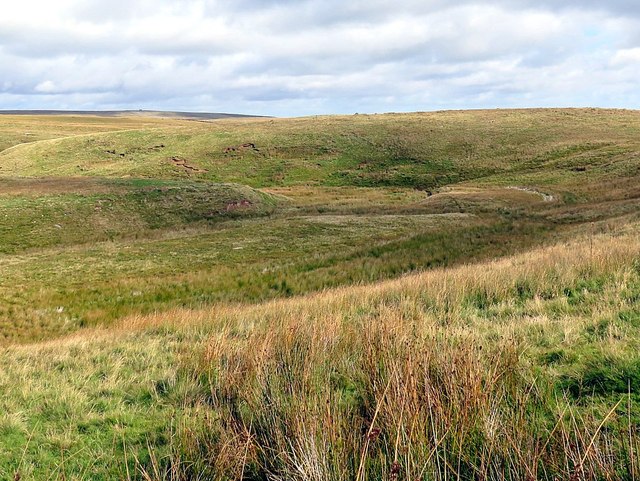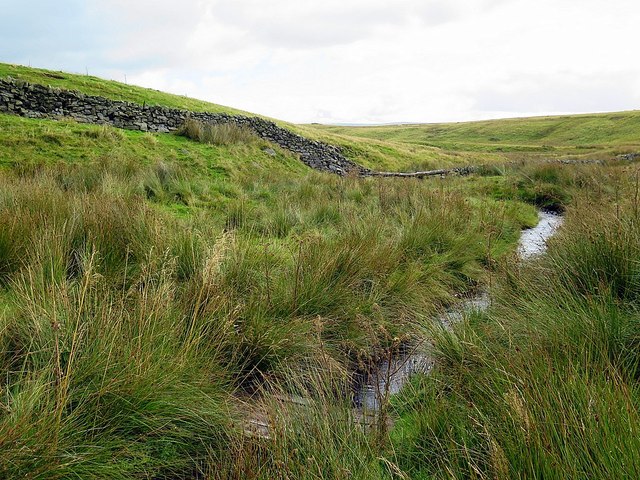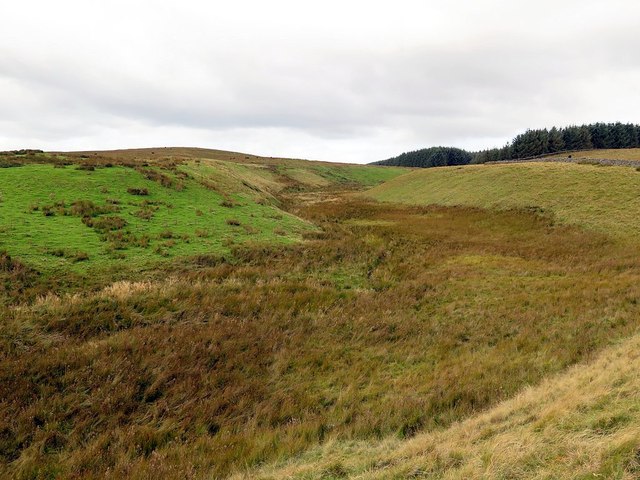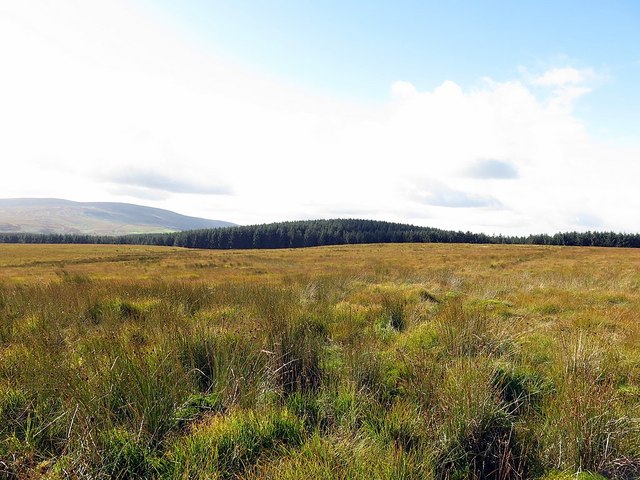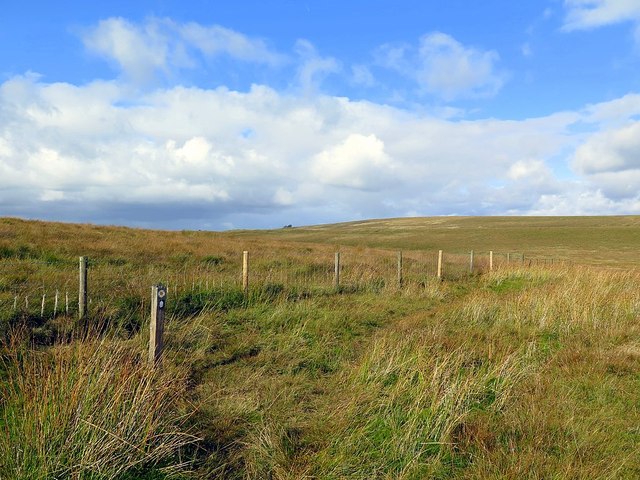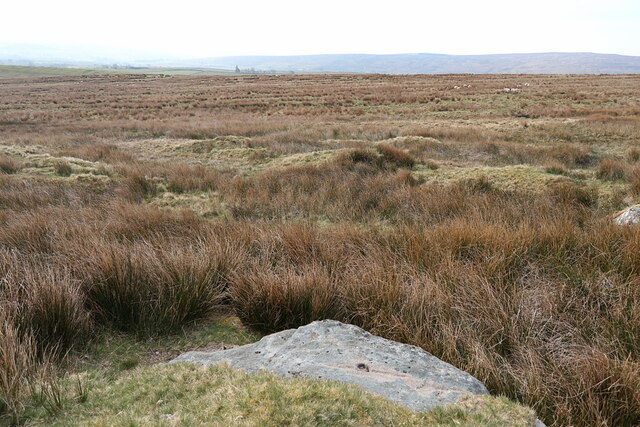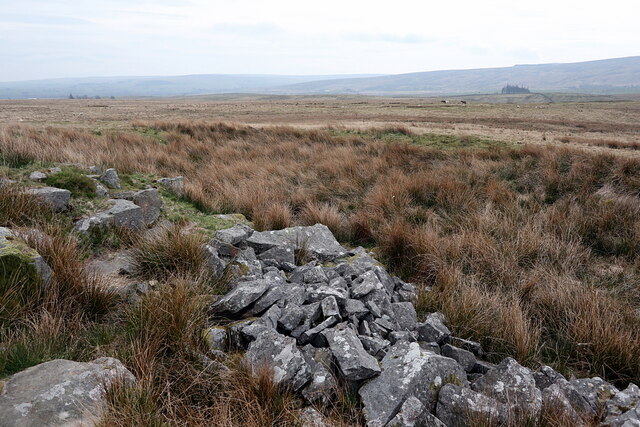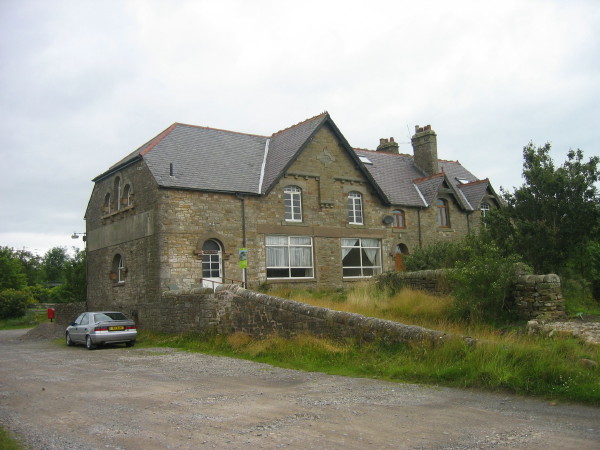Roachburn Wood
Downs, Moorland in Cumberland Carlisle
England
Roachburn Wood
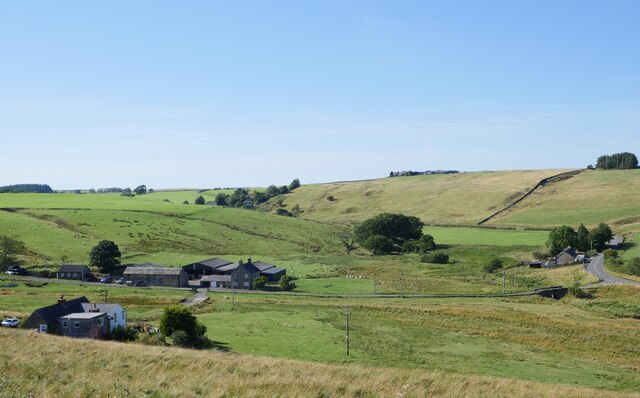
Roachburn Wood is a picturesque woodland located in the region of Cumberland, England. It is situated amidst the stunning landscape of the Downs and Moorland, offering visitors a unique and peaceful experience in nature. Covering an area of approximately 50 acres, Roachburn Wood is home to a diverse range of flora and fauna, making it a haven for wildlife enthusiasts and nature lovers.
The woodland itself consists primarily of native broadleaf trees, including oak, beech, and birch, creating a dense and verdant canopy that provides shelter and habitat for a variety of wildlife species. Visitors can wander along well-maintained footpaths that wind through the wood, allowing them to immerse themselves in the tranquil surroundings.
Roachburn Wood is particularly renowned for its vibrant display of bluebells during the spring season, which transforms the forest floor into a breathtaking carpet of blue. This natural spectacle attracts many visitors who come to witness the beauty and serenity of the woodland.
The wood also features a small stream that meanders through its heart, enhancing the scenic charm of the area. The sound of gently flowing water adds to the overall ambiance and provides a soothing backdrop for visitors as they explore the woodland.
For those seeking a peaceful retreat or an opportunity to reconnect with nature, Roachburn Wood in Cumberland is a must-visit destination. Its idyllic setting, diverse wildlife, and seasonal displays make it a haven for anyone looking to escape the hustle and bustle of everyday life.
If you have any feedback on the listing, please let us know in the comments section below.
Roachburn Wood Images
Images are sourced within 2km of 54.943366/-2.5830622 or Grid Reference NY6261. Thanks to Geograph Open Source API. All images are credited.
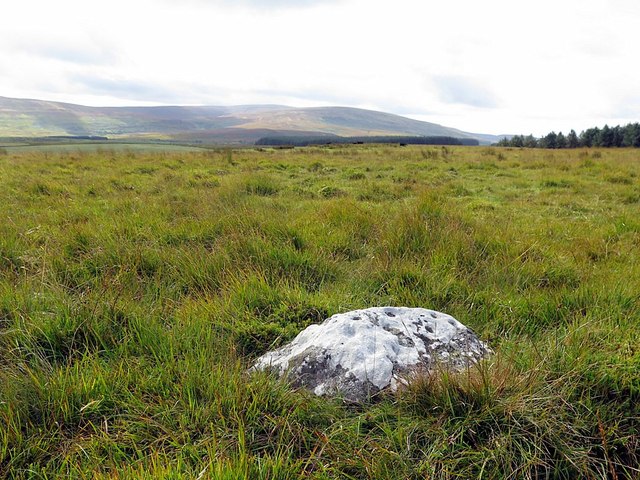
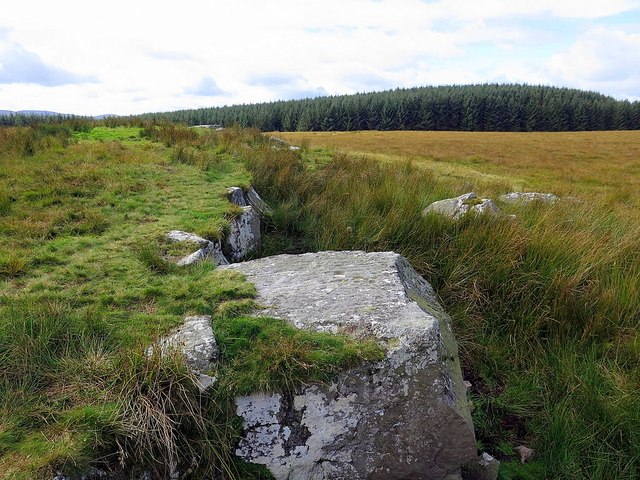
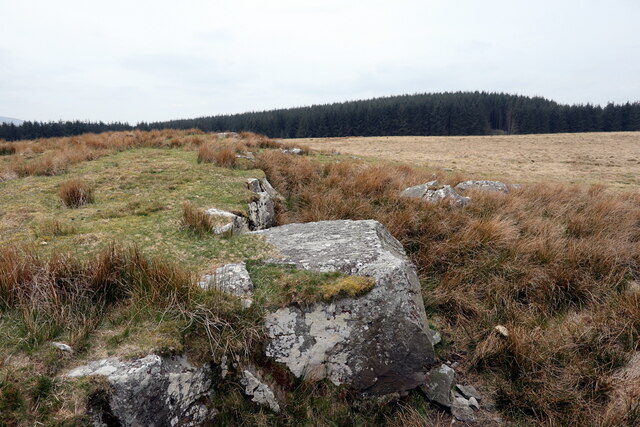
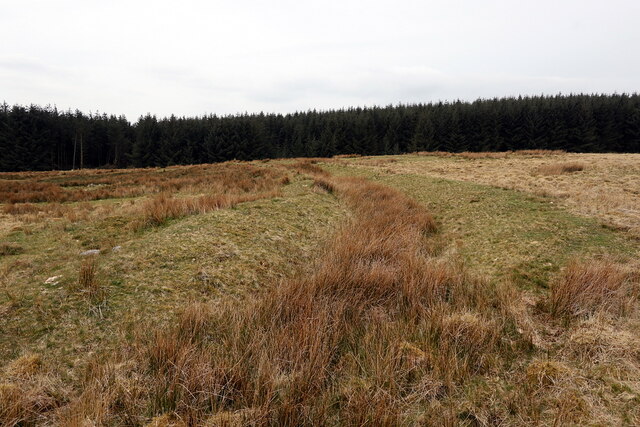
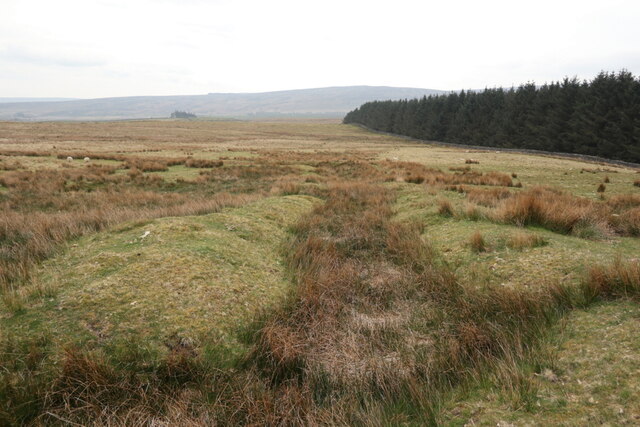
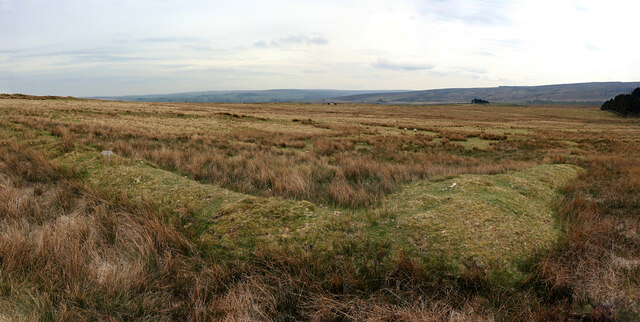
Roachburn Wood is located at Grid Ref: NY6261 (Lat: 54.943366, Lng: -2.5830622)
Administrative County: Cumbria
District: Carlisle
Police Authority: Cumbria
What 3 Words
///then.intruded.flux. Near Greenhead, Northumberland
Nearby Locations
Related Wikis
Tindale, Cumbria
Tindale or Tindale Fell is a hamlet in the parish of Farlam in the City of Carlisle district of the English county of Cumbria. It is to the south of the...
Midgeholme Coalfield
The Midgeholme Coalfield is a coalfield in Midgeholme, on the border of Cumbria with Northumberland in northern England. It is the largest of a series...
Nether Denton
Nether Denton is a scattered settlement and civil parish in rural Cumbria, England, situated about 12 miles (19 km) north-east of Carlisle, by the A69...
Geltsdale RSPB reserve
Geltsdale RSPB reserve is a nature reserve in Geltsdale, Cumbria, England. The Royal Society for the Protection of Birds manages the site for upland birds...
Midgeholme
Midgeholme is a hamlet and civil parish in City of Carlisle district, Cumbria, England. At the 2001 census the parish had a population of 67.The parish...
Halton Lea Gate
Halton Lea Gate is a small village in Northumberland, England, on the A689 road close to the boundary of the counties of Northumberland and Cumbria. The...
Upper Denton
Upper Denton is a small village and civil parish in the north of Cumbria, England, about 1 km north of the A69 road linking Haltwhistle and Brampton. The...
Hallbankgate
Hallbankgate is a village in Cumbria, England, 13 miles (21 km) east of Carlisle. A former coal and lead mining village, it straddles the A689 Brampton...
Have you been to Roachburn Wood?
Leave your review of Roachburn Wood below (or comments, questions and feedback).
